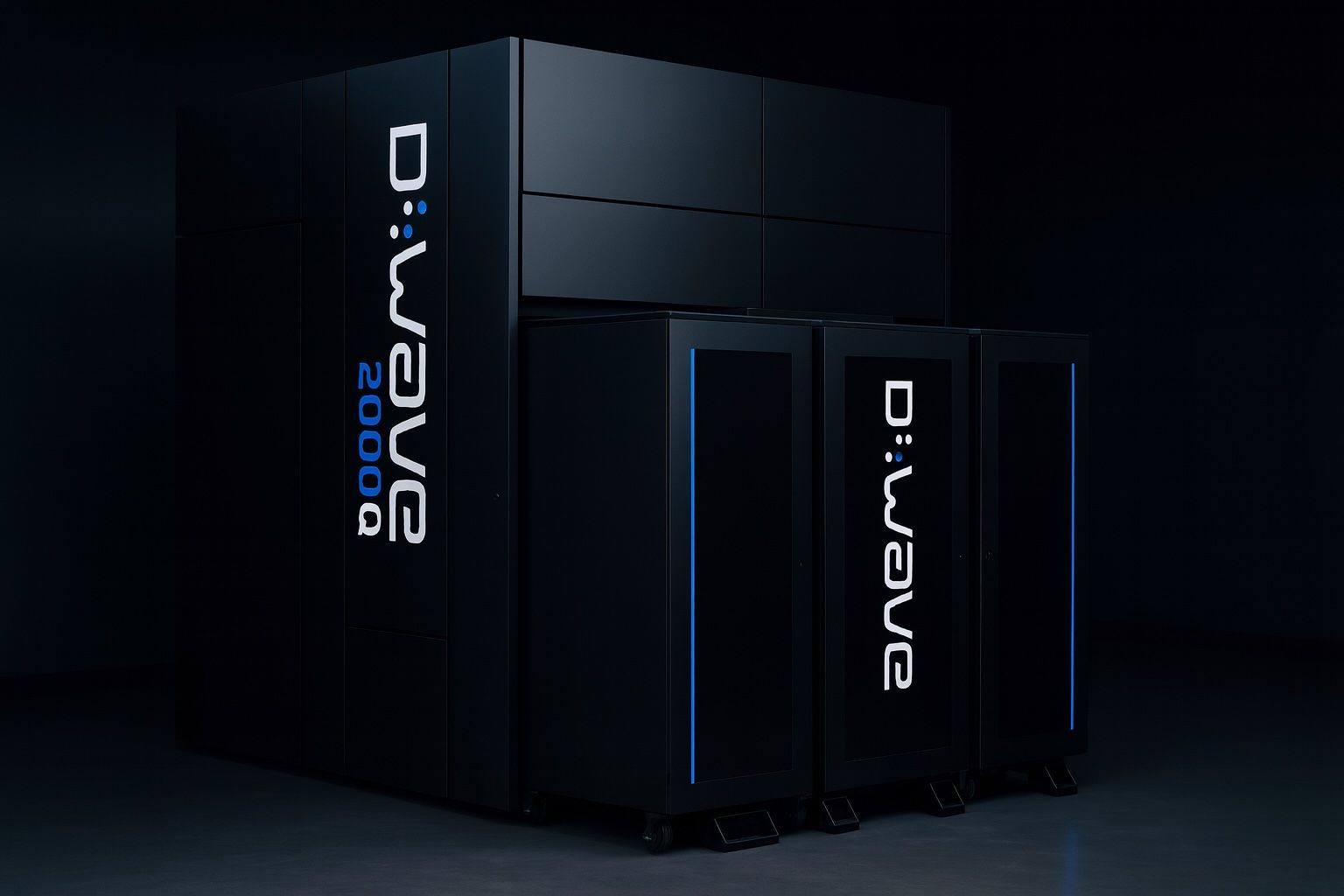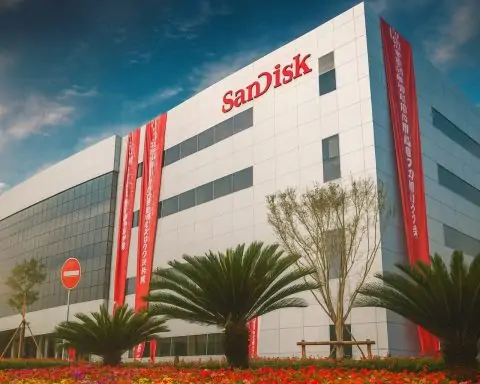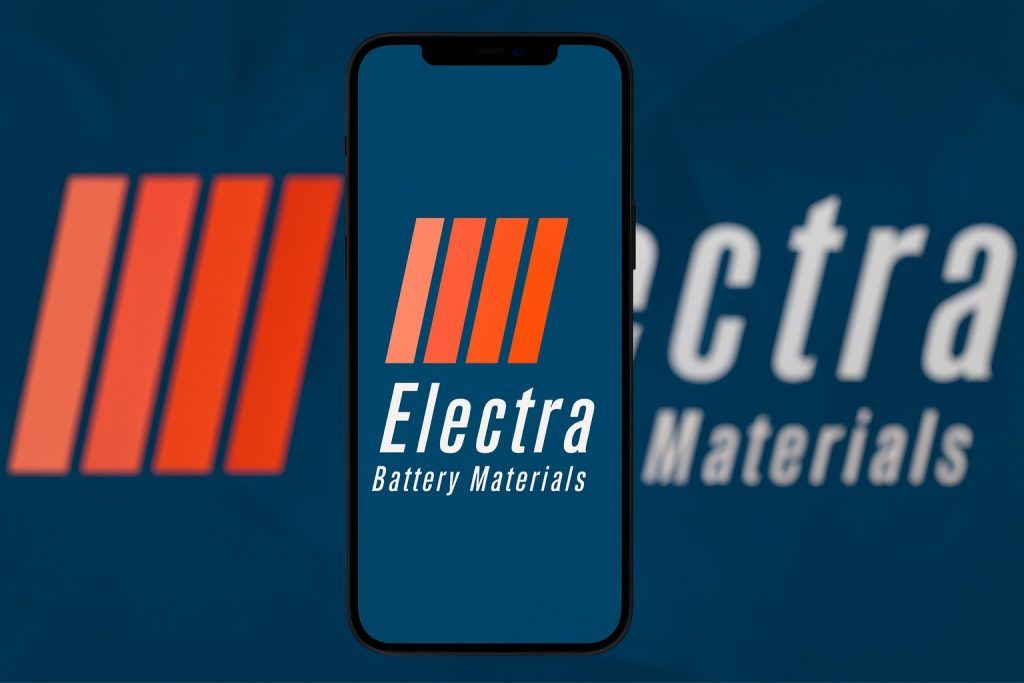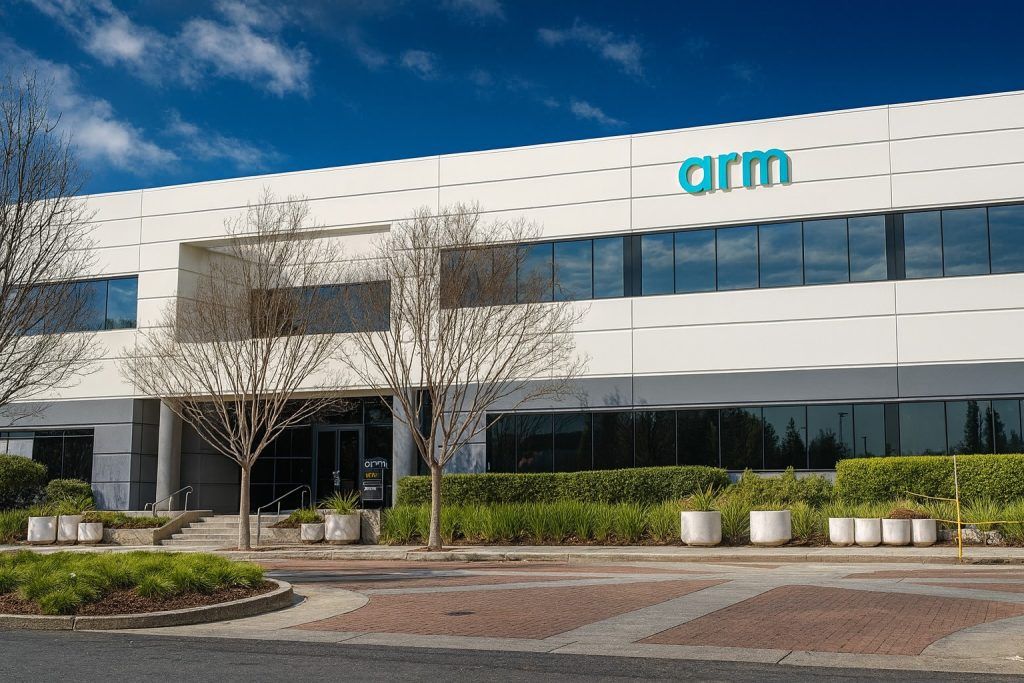- Company: D-Wave Quantum Inc. – a pioneering quantum computing hardware/software company (founded 1999) [1] [2]. One of the first to commercialize quantum computers, it develops quantum annealing machines (and is now also building gate-model devices) [3] [4].
- Headquarters: Palo Alto, California (with Canadian R&D center in Burnaby, BC) [5].
- Ticker: QBTS (NYSE) – public since Aug 2022 via SPAC (DPCM Capital) merger [6] [7].
- Leadership: CEO Dr. Alan Baratz (since 2020; former Cisco executive) [8] [9]. Alan Baratz says D-Wave operates “the largest and most powerful quantum computers in the world… actually supporting business applications in production” [10].
- Products: Fifth and sixth-generation quantum computers (e.g. Advantage, Advantage2 with 5000+ qubits) for solving optimization problems, plus quantum software (Ocean SDK), cloud service (Leap™), and hybrid quantum-classical solvers [11] [12]. Applications include logistics routing, AI, materials science, drug discovery, scheduling, finance, etc.
- Customers/Partners: High-profile clients like Volkswagen, Accenture, Lockheed Martin, NEC, Mastercard, and research partners including NASA/JPL and major universities [13] [14]. (In 2025 it expanded in Asia-Pacific via events like Qubits Japan 2025 [15].)
- Financials: FY2024 revenue ~$8.8M [16] (small sales base), net losses ongoing. Cash on hand (Q2 2025) ~$819M after a $400M stock offering [17] [18]. Market capitalization surged to ~$11–14 billion by Oct 2025 (roughly 400× 2025 sales) [19] [20].
- Employees: ~220 (2024) [21].
- Stock: 52-week range ~$0.40–$39.55. All-time high $39.55 (Oct 8, 2025) [22]. Closed at ~$40.99 on Oct 13, 2025 [23]. Year-to-date gain ~325–300% and ~3,000–4,000% up from a year ago [24] [25].
Current Stock Price & Trend (as of Oct 13, 2025)
D-Wave’s stock has exploded in 2025. After trading near $1 a year ago, QBTS hit a record intraday high around $39.55 on October 8, 2025 [26]. By Oct 13 it closed around $40.995 [27] (about +24% that day). The Nasdaq/TradingView data show QBTS surging roughly +325% year-to-date (YTD) and nearly +4,000% over the past 12 months [28] [29]. Incredibly, a $1,000 investment in QBTS last October would have been worth ~$30,000 by Oct 2025 [30].
This spike has made D-Wave extraordinarily volatile. Trading volumes spiked (e.g. 77 million shares traded on Oct 3) and intraday swings of 10–20% became common [31]. After a brief pullback in early October, Monday Oct 13 saw a fresh breakout: D-Wave climbed nearly 24% intraday to about $41 [32]. Analysts note that momentum is strong but the technical indicators show overbought conditions [33]. For example, on Sept 19 the RSI (14) was ~95, signaling extreme overbought and a high short-term pullback risk [34]. In summary, QBTS soared to ~$41 by mid-October [35], with its 52-week high officially set at $39.55. It has shown dramatic year-long gains (thousands of percent) albeit with wild swings.
Recent News and Catalysts (Oct 2025)
The surge has been fueled by a cascade of news. On Oct 13, 2025, Benzinga reported that quantum computing stocks rallied (QBTS +14% intraday) after JPMorgan announced a $1.5 trillion frontier tech initiative including quantum [36] [37]. That same day FXLeaders noted D-Wave “flirting with record highs” as broader “quantum computing shares stormed higher” [38]. The White House’s backing of quantum (national quantum initiatives, DoE partnerships) and positive comments by tech leaders (e.g. Nvidia CEO Jensen Huang saying quantum is at an “inflection point” [39]) added to the optimism.
Earlier in September 2025, D-Wave itself announced tangible progress. At its “Qubits 2025” user conference in late September, the company showcased new AI and optimization demos – and the stock jumped ~19% on the news [40]. Importantly, D-Wave publicized a real-world pilot with North Wales Police, where its hybrid quantum solver slashed emergency dispatch planning time from four months to four minutes and cut average response times nearly 50% [41]. CEO Baratz hailed this as proof that “hybrid-quantum computing can offer the speed, precision and intelligence needed… [and] is beginning to show real-world potential” [42]. Each concrete breakthrough (NASA partnership, Yonsei University deal, Nippon/Norway demos) has stoked investor fervor.
By early Oct 2025, one analyst noted all major pure-play quantum firms (D-Wave, IonQ, Rigetti) were up “hundreds or even thousands of percent year-over-year” [43]. However, the recent frenzy has also drawn warnings. FXLeaders reported that analysts “express caution over high valuations and potential profit-taking”, identifying key support around $20 if a pullback occurs [44]. One market commentator bluntly observed that D-Wave’s gains are driven more by “speculation and momentum” than by current results [45]. Notably, a 2×-short ETF (ticker QBTZ) was launched on Oct 7, underscoring how polarized views on QBTS have become [46].
Company Background: Quantum Technology & Strategy
D-Wave Quantum Inc. (NYSE: QBTS) is a leader in practical quantum computing. Founded in 1999 as D-Wave Systems, it claims to be “the world’s first commercial supplier of quantum computers” [47]. Unlike general-purpose quantum computers (IBM, Google) that use gate-model qubits, D-Wave’s machines have traditionally used quantum annealing – a specialized approach tailored to optimization problems. Its Advantage-series computers (latest Advantage2) boast thousands of qubits and are designed for applications like logistics, materials design, AI, and scheduling [48] [49]. (The company recently introduced hybrid quantum-AI toolkits and even a quantum AI image demo to tap into the AI trend [50].)
As of 2025, D-Wave also works on gate-model qubits and other hardware; it hired leaders (and partnered with NASA/JPL) to push toward its multi-chip roadmap of up to 100,000 qubits [51]. Unlike IBM or Google (internal research), D-Wave is the only firm selling quantum hardware and cloud services commercially. Its Leap™ quantum cloud lets developers use D-Wave’s computers remotely. The company has five generations of hardware shipped (from 128-qubit in 2011 to 5000+ qubit Advantage2) [52] and holds 200+ patents in quantum tech [53].
Competitive Position: D-Wave is often grouped with other public quantum firms (IonQ, Rigetti, QC Inc.) as a “pure-play” quantum stock [54]. It carved out a niche in optimization tasks for enterprises (Siemens, Lockheed, VW, Deloitte, etc. use D-Wave) [55]. Its main rivals, IonQ and Rigetti, pursue gate-model processors and have their own product strategies. For example, IonQ is expanding via acquisitions in quantum sensing [56], and Rigetti raised new funds for a 36-qubit chip [57]. D-Wave’s advantage is its decades of expertise, partnerships (Lockheed, Google/NASA, auto firms) and first-mover status in annealing. However, it lags peers in revenue scale. In Q2 2025 it only had $3.1M in sales (up 42% YoY) [58] – about $18M in H1 – versus tens of millions at IonQ. Thus, D-Wave’s valuation (~400× projected 2025 sales) is extreme and hinges on future growth [59] [60].
Leadership: Dr. Alan E. Baratz (CEO) has steered D-Wave since 2020 [61], emphasizing commercial use-cases. In interviews he stressed their tech is now “supporting business operations today” [62]. The board and investors include notable figures (SPAC chairman Emil Michael joined as director). Technical leads have deep quantum backgrounds. Baratz’s Fox Business appearance underscored that D-Wave is the only company building both annealing and gate-model quantum computers [63], positioning it as a versatile player.
Expert Commentary
Experts have mixed views. Company executives highlight breakthroughs: CEO Baratz noted concrete deployments, saying D-Wave’s powerful machines are already running customers’ operations [64]. Analysts point to optimistic signals: many price targets were raised in late 2025 (e.g. B. Riley lifted its 12-month target to $33) [65]. Overall, 11 of 12 analysts rate QBTS a “Buy” according to one industry report [66].
On the other hand, market observers warn of froth. A TS2.tech analysis quotes a commentator that D-Wave’s rally is largely “speculation and momentum” driven [67]. One Benzinga report noted that despite the excitement, the stock’s fundamentals are still “weak” and overbought, suggesting pullbacks could occur [68] [69]. Another strategist points out that QBTS trades far above consensus price targets (median ~$23) [70]. For example, StockInvest forecasts see the stock as overvalued; their short-term outlook called for a probable dip to the mid-$20s after the Oct surge [71], and a medium-term pullback possibly into the $20–$24 range absent new catalysts [72].
Several tech leaders have also weighed in. NVIDIA’s Jensen Huang publicly expressed bullishness on quantum’s inflection point [73]. By contrast, some quantum computing experts (outside these sources) caution that gate-model and annealing are still emerging, and that meaningful revenue must catch up to hype. (Indeed, D-Wave’s Q2 losses were large, and it still needs to convert R&D into profits.) In public earnings calls, Baratz emphasized the lengthy “runway” now afforded by the cash infusion, but acknowledged that growth will come over years, not months [74].
Outlook & Stock Forecast
Short-Term (weeks to 3 months): With QBTS near historic highs, near-term trading will likely be choppy. Technical indicators (RSI, moving averages) suggest overbought conditions [75], so a pullback or consolidation is probable. Some analysts expect support in the mid-$20s if profit-taking emerges [76]. However, continued sector momentum and any further good news (e.g. government funding announcements or new commercial wins) could keep prices elevated in the high-$20s or low-$30s. In our review, stockcommentators warn that a failure to post strong Q3 earnings (Nov 2025) could trigger volatility.
Mid-Term (3–12 months): The mid-term outlook depends on execution and market conditions. If D-Wave delivers meaningful revenue growth (e.g. through Advantage2 sales or key contracts) and the quantum hype sustains, the stock could remain well above historical norms. Conversely, absent new fundamental drivers, many expect a correction. For instance, a StockInvest model projects a ~60% chance of QBTS retracing to roughly $20–$25 within a week after an overbought spike [77], and suggests medium-term trading between ~$24–$28 [78]. Analysts’ 12-month price targets (as of mid-2025) averaged only ~$20–$23 [79], reflecting significant downside from current levels. The new leveraged short ETF (QBTZ) also implies traders are ready to bet on a pullback. Key mid-term catalysts will include D-Wave’s quarterly earnings, new product launches (e.g. full Advantage2 rollout), partnerships (North America and Asia), and the overall appetite for speculative tech.
Long-Term (1–5+ years): Over the long run, QBTS’s fate will hinge on how rapidly quantum computing transitions from lab to enterprise. D-Wave has one of the strongest balance sheets in the quantum industry (>$800M cash) and a 26-year track record of innovation [80] [81]. If it can parlay its R&D into scalable sales (for example, if Advantage2 or gate-model machines attract significant customer orders) then its current valuation, though extreme, could be justified. The stock’s price implies near-miraculous growth (as noted, ~400× revenue). Many fundamental investors doubt that and view QBTS as speculative. One analysis found that under conservative cash-flow assumptions, D-Wave’s present price has no DCF support [82] – i.e. “intrinsic value” estimates are negative.
In summary, factors affecting QBTS include: continued technological progress (Advantage2 performance, new quantum breakthroughs), commercial traction (bookings growth, subscription revenue on Leap), competitive moves (IonQ/Rigetti developments, tech partnerships), and macro forces (tech stock sentiment, interest rates affecting growth valuation). Policy and funding (government quantum initiatives) could also boost demand. But if growth disappoints or broader market risk appetite falls, D-Wave’s stock may retrace sharply. Overall, the short-term is dominated by momentum (volatile trading), the medium-term by proof of real adoption, and the long-term by the global quantum computing trajectory.
Sources: Authoritative reports and news articles including TS2.tech analysis [83] [84], Benzinga and Nasdaq/Zacks commentary [85] [86], D-Wave company releases [87] [88], and financial data (Investing.com, TradingView) [89] [90]. All figures and quotes are up-to-date as of October 13, 2025.
References
1. en.wikipedia.org, 2. www.dwavequantum.com, 3. en.wikipedia.org, 4. www.dwavequantum.com, 5. en.wikipedia.org, 6. www.dwavequantum.com, 7. www.dwavequantum.com, 8. www.dwavequantum.com, 9. www.dwavequantum.com, 10. www.dwavequantum.com, 11. ts2.tech, 12. www.dwavequantum.com, 13. en.wikipedia.org, 14. www.dwavequantum.com, 15. www.nasdaq.com, 16. en.wikipedia.org, 17. ts2.tech, 18. www.nasdaq.com, 19. ts2.tech, 20. www.fxleaders.com, 21. en.wikipedia.org, 22. www.investing.com, 23. www.investing.com, 24. ts2.tech, 25. www.fxleaders.com, 26. www.investing.com, 27. www.investing.com, 28. ts2.tech, 29. www.fxleaders.com, 30. ts2.tech, 31. ts2.tech, 32. www.fxleaders.com, 33. stockinvest.us, 34. stockinvest.us, 35. www.investing.com, 36. www.benzinga.com, 37. www.benzinga.com, 38. www.fxleaders.com, 39. ts2.tech, 40. ts2.tech, 41. ts2.tech, 42. ts2.tech, 43. ts2.tech, 44. www.fxleaders.com, 45. ts2.tech, 46. ts2.tech, 47. www.dwavequantum.com, 48. ts2.tech, 49. www.dwavequantum.com, 50. ts2.tech, 51. www.nasdaq.com, 52. www.dwavequantum.com, 53. www.dwavequantum.com, 54. ts2.tech, 55. www.dwavequantum.com, 56. www.nasdaq.com, 57. www.nasdaq.com, 58. ts2.tech, 59. ts2.tech, 60. stockinvest.us, 61. en.wikipedia.org, 62. www.dwavequantum.com, 63. www.dwavequantum.com, 64. www.dwavequantum.com, 65. ts2.tech, 66. ts2.tech, 67. ts2.tech, 68. stockinvest.us, 69. stockinvest.us, 70. stockinvest.us, 71. stockinvest.us, 72. stockinvest.us, 73. ts2.tech, 74. ts2.tech, 75. stockinvest.us, 76. stockinvest.us, 77. stockinvest.us, 78. stockinvest.us, 79. stockinvest.us, 80. ts2.tech, 81. www.dwavequantum.com, 82. stockinvest.us, 83. ts2.tech, 84. ts2.tech, 85. www.nasdaq.com, 86. stockinvest.us, 87. www.dwavequantum.com, 88. www.dwavequantum.com, 89. www.investing.com, 90. www.tradingview.com







